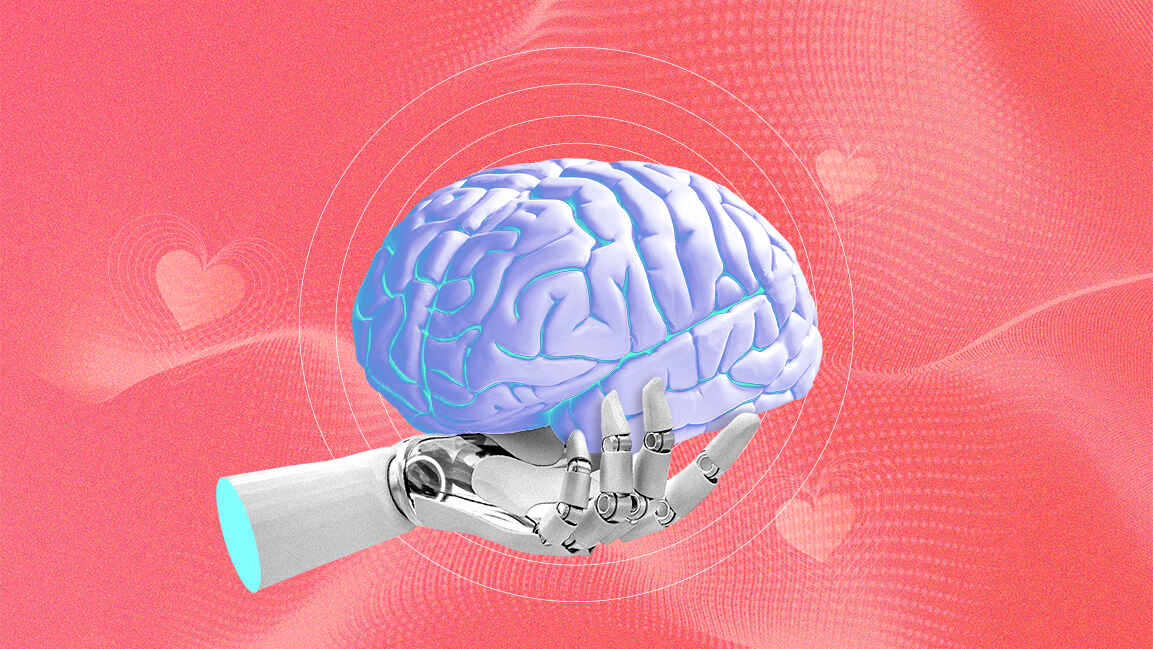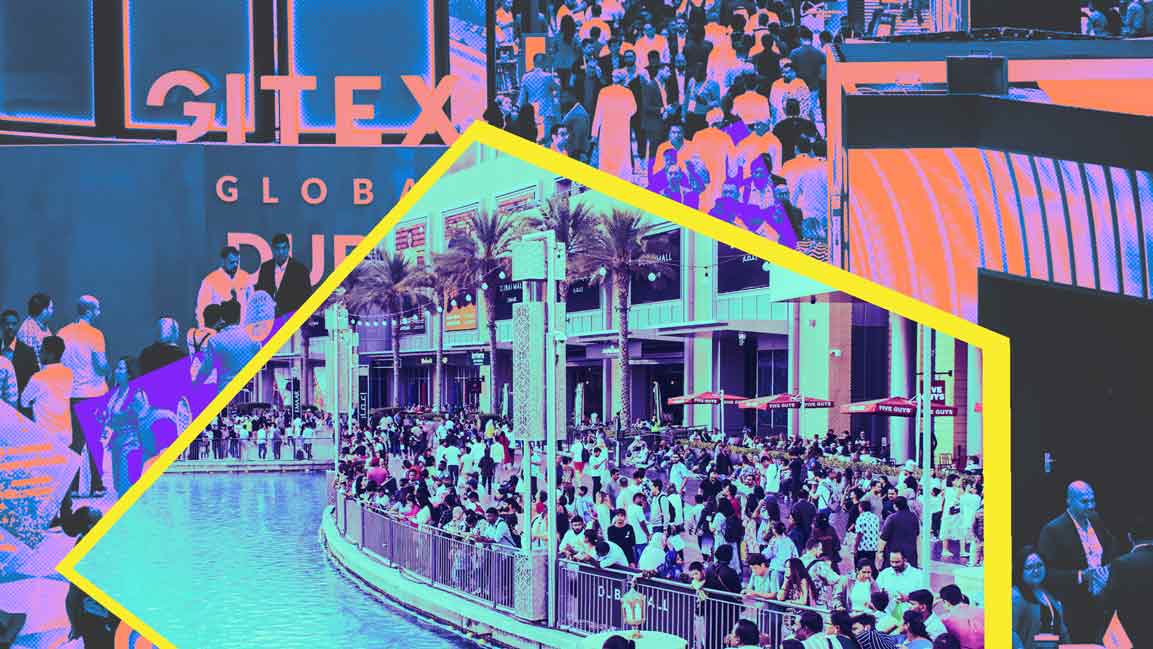- | 9:00 am
Are brands using emotional intelligence to create stronger connections?
The best design isn’t just seen—it’s felt

Ever wondered why some brands feel more personal than others? It’s not just great marketing—it’s emotional intelligence. The brands you genuinely connect with, remember your preferences, understand your needs, and deliver authentically.
As AI advances, the human touch becomes even more valuable. Emotional design plays a crucial role in making interactions feel genuinely human.
But with every business competing for your attention on the internet, creating endless noise, are brands truly getting it right? Or are they missing what really matters?
THE EMOTIONAL DESIGN
“Emotional design is the practice of creating environments, objects, and experiences that evoke meaningful connections, foster well-being, and cultivate a sense of belonging,” says Alan Ricks, Co-Executive Director and Founding Principal of MASS Design Group.
It goes beyond aesthetics and function to consider how people feel in a space and how those feelings shape their interactions, behaviors, and memories.
It requires designers to listen deeply, empathize with communities, and translate lived experiences into design solutions that resonate. This means understanding explicit and unspoken needs: the cultural, psychological, and social dynamics that influence how people engage with their environments.
For Shahira Fahmy, Founding Principal of Shahira Fahmy Architects, the goal is to establish a deep connection between the user and the product, making the interaction effective, memorable, and engaging.
Fahmy adds emotional intelligence, which enables designers to understand and anticipate user emotions, crafting experiences that resonate with users and fostering trust, engagement, and long-term loyalty.
Emotional design is undergoing a radical transformation, believes Paqui Lizana, Co-Founder of BrilliantFailures.xyz.
Traditional approaches focused on creating positive user experiences, but research shows that one in three young adults now turn to AI for relationship advice. This isn’t just about creating good interfaces—it’s about designing systems that help us understand and grow from our emotional experiences safely and securely.
She adds, “Emotional intelligence in design means creating ‘digital spaces of vulnerability.’ As I’ve observed in our research, ‘Our world often feels like a race, but what if we designed AI experiences that encourage slowing down, appreciating the moment, and fostering patience?’”
With the emergence of AI systems capable of engaging in conversations, generating images, and processing multiple types of input and output, it is increasingly important to design with people at the center, providing them with control and options to modulate interaction.
INCLUSIVITY AND CULTURAL SENSITIVITY
There is a fascinating paradox: while 36% of adults reported feeling lonely in 2023, the availability of connection tools has never been greater, says Lizana.
The issue is not access to technology but the depth of connection it facilitates.
She says, “Through my project with my 84-year-old grandmother, I saw the power of emotionally intelligent design. Every Friday, I called her to revisit her past. Initially hesitant, she began sharing untold stories—of war, loss, and responsibility. With few photos or records, we used AI to visualize her memories, recreating moments from old songs, sayings, and milestones like reading her first book as an adult. We even crafted images of experiences she longed for but never had, like swimming in the sea.”
She notes that this project exemplifies how AI can help us preserve and process emotional heritage. A gallery of memories was created, where each picture told its own story of emotional evolution.
She highlights what began as a visualization project became a bridge across generations, helping individuals process complex feelings and heal old wounds. Over time, these images could evolve into movies with sensory components, allowing future generations to connect with their ancestors’ experiences in profound new ways.
Looking forward, Lizana envisions AI systems that translate not just languages but emotional and cultural contexts. Platforms could enable people worldwide to share their stories while preserving emotional authenticity or help families separated by distance maintain deep emotional bonds through shared virtual experiences that feel genuinely intimate.
Ricks adds, “When we apply emotional intelligence, we are more attuned to the narratives and aspirations of the people we design for. This can lead to more inclusive and culturally sensitive outcomes—a design that is not imposed but co-created with communities.”
For example, trauma-informed design considers how the built environment can contribute to healing, particularly for marginalized communities. Similarly, memorials and spaces of public memory designed with emotional intelligence can honor difficult histories while creating opportunities for collective reflection and action.
In a world facing intersecting crises—social injustice, displacement, and climate change—designers are responsible for fostering emotional and cultural sensitivity and creating environments that support justice, resilience, and dignity.
THE EMOTIONAL CONNECTION
Research indicates that over 80% of AI professionals report significant changes in their thinking patterns due to regular interaction with LLMs.
As AI becomes more embedded in daily life, its role shifts beyond automation to emotional augmentation. By 2030, experts anticipate the emergence of “emotional infrastructure”—AI systems designed to enhance human emotional capacity rather than replace it, says Lizana.
This could redefine how people interact, communicate, and build relationships. Imagine dating apps that match people and help them develop emotional intelligence and communication skills. Picture social networks that measure success not by engagement metrics but by the quality and depth of connections they foster. AI systems could support processing collective trauma, bridging ideological divides, and fostering deeper cultural understanding.
“However, achieving this future requires intentional design”, she adds.
Researchers have explored frameworks prioritizing principles such as “Design for Transparency” and “Drive Toward Real Interaction.” Soon, new metrics for technological success may emerge—focusing not just on user engagement or time spent but on meaningful indicators of emotional well-being and genuine human connection.
Over the next few years, Ricks sees emotional design becoming more integrated into practice in several ways. He says, “More designers will embrace intersectionality as a lens, ensuring that projects address the interconnected nature of social and environmental challenges.”
As awareness of mental health, displacement, and historical injustices grows, design will increasingly be called upon to create environments that acknowledge past harms and foster healing.
Emotional intelligence will push designers toward genuine co-creation with communities, valuing lived experience as expertise. Emotional design will expand to consider ecological well-being, ensuring that materials and building practices carry meaning, memory, and respect for place.
In a crowded market where products and services often share similar features, emotional design also creates a distinct competitive advantage, says Fahmy. “When customers feel emotionally invested in a brand, they are likely to stay loyal, advocate for it, and choose it over competitors.”
Brands that successfully integrate emotional intelligence into their design process will differentiate themselves in an increasingly competitive market and create lasting emotional bonds with their users.
Fahmy notes, “Ultimately, emotional intelligence in design is about designing not just for usability, but for connection—making users feel understood, valued, and inspired.”
Delve deeper into human-centered and purpose-driven design, how AI is revolutionizing product design, designing the future of tourism, and more at the Innovation By Design Summit, partnered with Msheireb Properties, in Doha on May 21. Attendance at the Innovation by Design Summit is by invitation only. Delegates can register here to receive their exclusive invite.






































